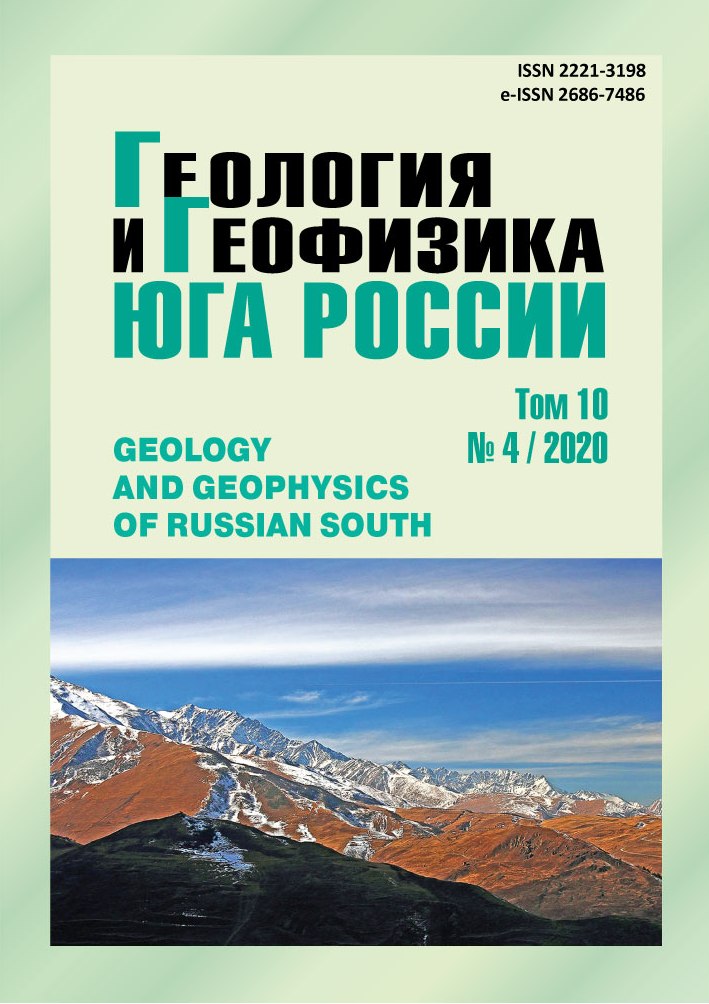Seismotectonics of the High Mountain Part of the Eastern Caucasus and the Prospects of Gas Content on the Example of the Natural Manifestation of Gas in Tsuschar Village (Dagestan)
Abstract
Relevance. This article describes the features of the geological structure of the Tsushar gas show area in the Kulinsky region on the Middle Jurassic deposits, and proposes a geological-structural diagram of the possible formation of oil and gas deposits. Minor manifestations of gas content, usually associated with mineral springs and subordinate to a thick stratum of Jurassic shales, developed over large areas of highland Dagestan, began to attract attention from 1931, in connection with the search for deposits of light rare gases. Gas analyzes show an increased content of light rare gases in a number of fields in highland Dagestan. In addition to the group of fields in Southern Dagestan, only one outlet of combustible gas in Central Dagestan is known – the Kulinsky region. It is pointed out in his handwritten report to the Dagestan Economic Council by the geologist N.M. Lednev. This outlet is subordinate to the Jurassic shale and is associated with neotectonic disturbances formed as a result of seismic activation of the region. Aim. The purpose of our research is to substantiate the prospects for gas content in Gorny Dagestan. In the study area, there are irregular dome-shaped folds with unexpected directions of their axes crossing the main direction of folding, partial local deviations in bedding. Methods. The main research methods in the study of the prospects for the gas content of Mountainous Dagestan were geological-structural, stratigraphic, morphological, tectonic and additional aerial photographs. Research results. Compared to Piedmont Dagestan and Prikumskiy region, Gorny Dagestan was subject to more intense geotectonic movements, repeatedly underwent folding, experienced inversion, with a much higher amplitude, which led to increased denudation, the development of fracturing and fractures, metamorphism of rocks and organic formations. All of this negatively affected the conservation of oil and gas. It can be assumed that many deposits, formed during the passage of the producing strata of the main phase of oil formation, were destroyed during periods of intensified tectonic activity at the boundary between the Jurassic and Cretaceous, Cretaceous and Paleogene. In the future, there was the generation of mainly gaseous hydrocarbons, which, under especially favorable conditions, could persist to the present day. According to the research results, it can be argued that the gas manifestation of Tsushar could have manifested itself in 1622, 1652. as a result of strong earthquakes, the epicenter, which was located within the study area.


